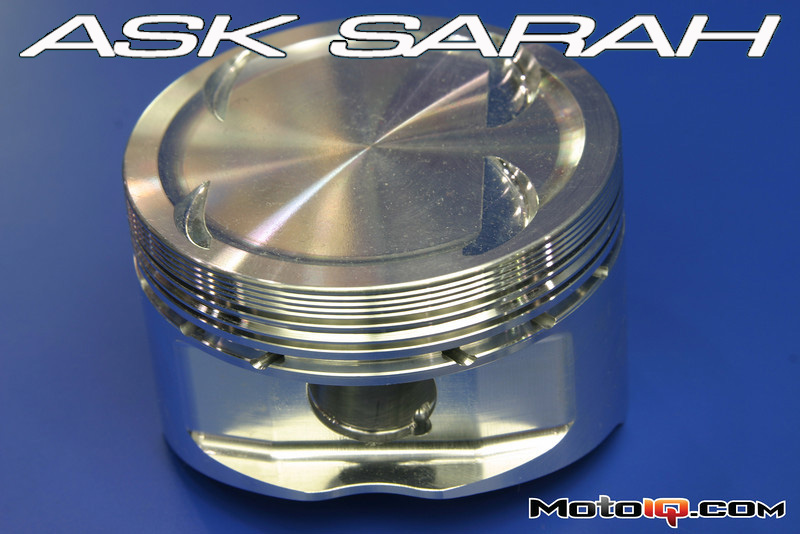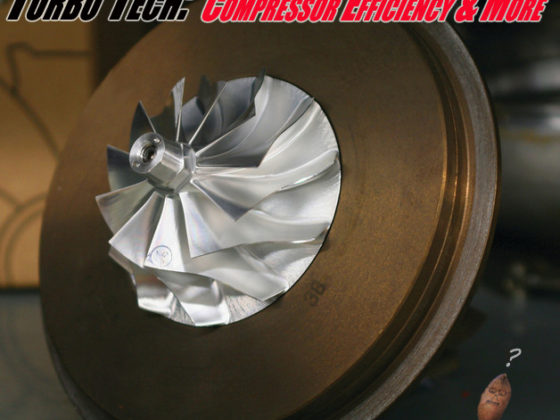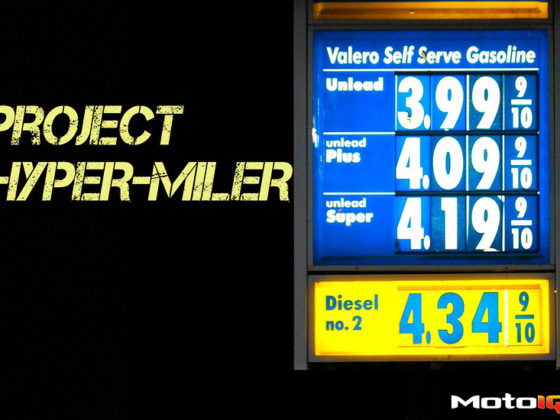
Ask Sarah: what's a hi-po eclectic piston?
By Sarah Forst
Dear Sarah
I was at a car meet and overheard someone talking about hi-po eclectic pistons or something like that. I didn't want to ask him about them because everyone else seemed to understand what he meant. Are these high performance pistons? How are they different from regular pistons?
Jassen
I think we need a pause for piston identification. He wasn't referring to “hi-po” (which I think you inferred the high performance from) “eclectic,” though there are a lot of different piston designs out there. He was talking about hypo-eutectic pistons. There are a few different piston options from forged to cast, each with different properties, so let's get into more detail.
 |
| Forged pistons are usually offered in low silicon 2618 alloy or high silicon 4032 alloy. This is a forged version of a stock Nissan piston by JE. It is forged from premium 2618 aluminum alloy and has a slight dish in it and a 9.5:1 compression ratio, about the upper end of what C/R you'd want to run with forced induction- tune wisely! |
Forged pistons are manufactured by pressing an aluminum alloy blank into the die's piston shape under high pressure, then machining the surface. Metal has a grain just like wood. The forging process refines the grain, making the pistons harder, stronger, and more ductile. Forged pistons are also less porous and better at transferring heat away from the piston crown. They can run about 20% cooler than cast pistons and are less likely to contribute to pre-ignition conditions or high detonation-friendly temperatures. They are denser than cast pistons and more capable of handling high boost and engine loads. However, forged pistons have more thermal expansion than hypereutectic cast pistons. This produces more blow-by in a cold engine, but they seal up and close the clearances better after the engine warms up, achieving better engine compression and allowing less oil into the combustion chamber.
 |
| You might not have to bore the block out to install an OEM sized forged piston, but you should definitely have a machine shop measure each piston and hone each bore to create accurate and equal piston to wall clearances within 0.0001-0.0002” of each other. You probably will have to have the cylinders honed as forged pistons require a bigger piston to wall clearance than stock cast parts. |
Gravity die cast pistons are made by pouring a molten aluminum mixture into a mold. Silicon (-con, not –cone; we're not increasing the piston's cup size!) is added as the primary alloying element. Other elements such as copper, nickel, and magnesium are often used in smaller quantities, usually 1-2%. Cast pistons add a steel thermal expander to the piston when it is hot. This stretches the piston when it is cold, giving it a lower coefficient of thermal expansion. They tend to be dimensionally more stable than forged pistons, especially when they heat up. For smaller boost applications, hypereutectic pistons will be fine as long as detonation is avoided. However, they are brittle and will crack quickly and easily with detonation. If you will be running a lot of boost or using nitrous, consider replacing the stock pistons with some forged ones.



